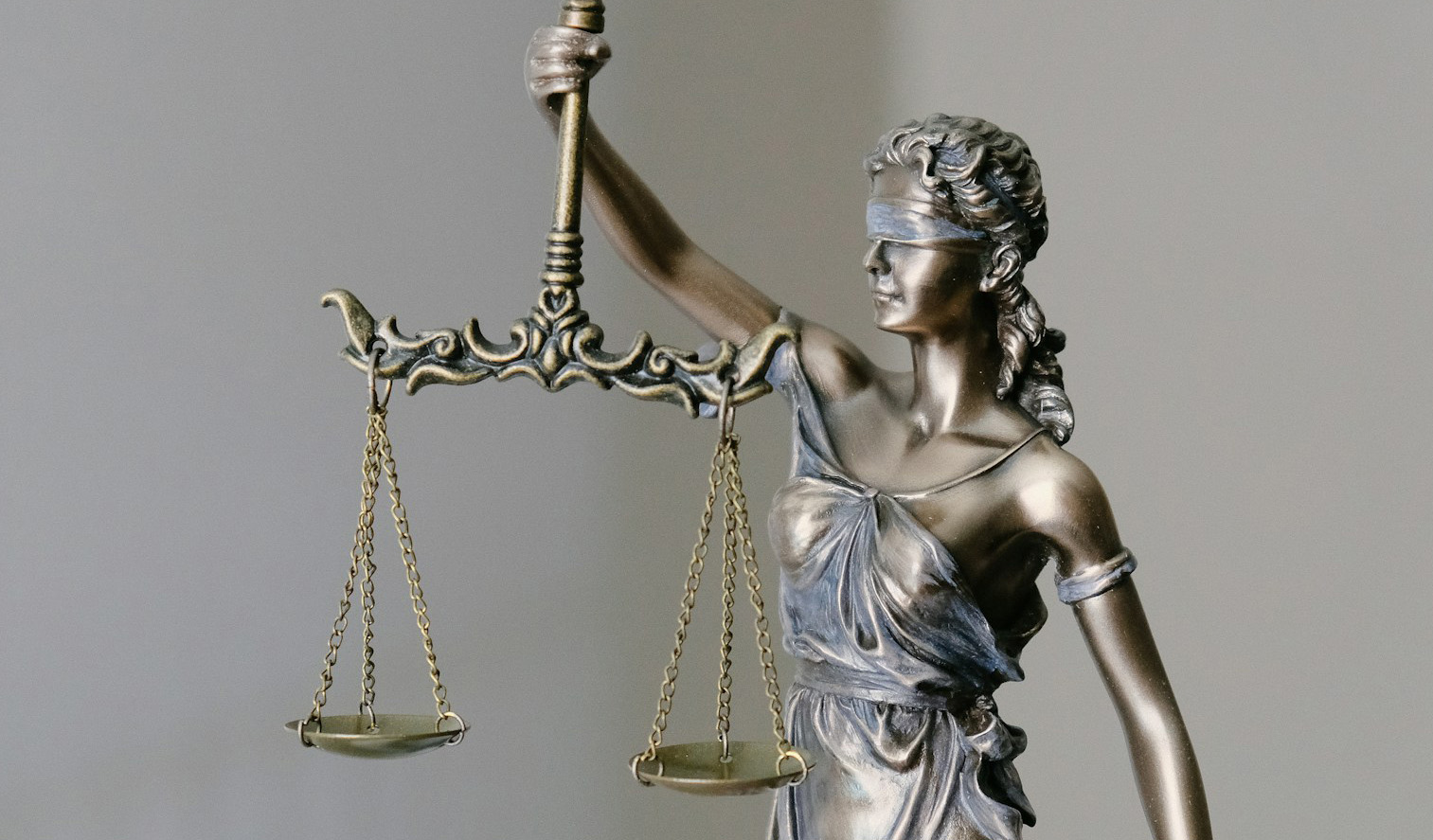
KLC welcomes civil discussion and disagreement about contemporary issues. Thus, the views expressed in our opinion pieces are not official KLC positions but those of the author.
By Craig Bartholomew
Lady Justice is often depicted blindfolded. Historically this has two meanings. The first is satirical, pointing out the many injustices perpetrated in the name of justice. This is the sort of perversion that appalled the preacher (Qohelet) in Ecclesiastes 3:16: “Moreover, I saw under the sun that, in the place of justice, wickedness was there, and in the place of righteousness, wickedness was there as well.” The second refers to the practice of justice as impartial. Courts should engage in the impartial execution of the law.
As Trump and his administration cozy up to Putin while seeking to extract wealth from Ukraine – a clear violation of the Budapest Memorandum of 1994 according to which the signatories, including the USA, agreed “to refrain from economic coercion designed to subordinate to their own interest the exercise by Ukraine of its rights inherent in its own sovereignty and thus to secure advantages of any kind” – the first, satirical meaning comes into focus. Trump’s affinity with Putin remains a mystery but that Putin is a brutal, authoritarian dictator is not. His dreadful crimes are well documented and it was Russia under Putin’s leadership that invaded Ukraine and continues to bomb it indiscriminately. To suggest otherwise and to argue that Ukraine and not Russia is the problem is an example of what we nowadays call gaslighting. The Memorandum also commits the signatories to the independence, sovereignty and existing borders of Ukraine, making it hard to see how the Trump administration could open up unilateral discussions with Russia, deciding beforehand that Ukraine will need to concede territory. Insofar as the Trump administration rewards Putin, the aggressor, and denigrates Ukraine, the victim, we have an example of the denial of justice that Qohelet found so very hard to contemplate.
It has been heartening to see how Europe has rallied behind Zelensky and Ukraine. Keir Starmer appears to have played an admirable role in this respect for which I am very grateful. Indeed, as the US appears to tilt away from its western allies and towards Moscow, I find myself wondering what a reconfigured world order and coalition of the willing might look like apart from the leadership of the US. John Bolton has urged us to be patient. Wise advice but not easy for those living in Ukraine … and in Gaza.
The attacks by Hamas of October 6 were dreadful and included war crimes. But so too has been the ongoing Israeli response with unimaginable trauma and death being rained down on Gaza on a daily basis. The UN Secretary General noted controversially that October 6 did not occur in a vacuum. If you doubt the truth of his statement I recommend you read Gideon Levy, The Killing of Gaza: Reports on a Catastrophe (Verso, 2024). Levy is a well-known journalist with Haaretz, an Israeli newspaper. The book includes articles written by Levy from 2014-2024. It is searing.
My point in raising this is not to equate Ukraine with Gaza – there are important differences and similarities – but to foreground international law which governs the relationship between nations. At present I am reading Crawford and Pert’s International Humanitarian Law, 3rd ed. (CUP, 2024). I and we need to become familiar with international law as we grapple with the situation in Ukraine, in Gaza, and many other contexts.
If we are to witness a realignment of democratic nations then they will need to embrace and uphold international law. And Lady Justice needs to be blindfolded so that the law is applied impartially. To have a situation in which international law applies to our enemies but not to our friends and to ourselves is dangerous and destructive. It invites chaos which is why Qohelet struggled so much as he witnessed injustice playing itself out in lawcourts of his day.
Mishra, in his The World After Gaza, notes:
“The twentieth century – marked by the most brutal conflicts and the biggest moral cataclysms in history – exposed the dangers of a world where no ethical constraint existed over what human beings could do or dared to do. Secular reason and modern science, which displaced and replaced traditional religion, not only revealed their incapacity to legislate human conduct, they were also implicated in the new and efficient modes of slaughter demonstrated by Auschwitz and Hiroshima. Principled religious commitments were in decline everywhere.”[1]
We need to reverse that decline. After all, characteristics of true followers of Jesus is that they hunger and thirst after righteousness – personal, societal and international – and that they are peacemakers (Matt 5). Amidst the glory and the debris of our world and of our lives we need to work for signs, however small, of justice and peace embracing (Ps 85:10). One cannot have true peace without justice.
[1] Pankaj Mishra, The World After Gaza (London: Fern, 2025), 274-275. Italics added.